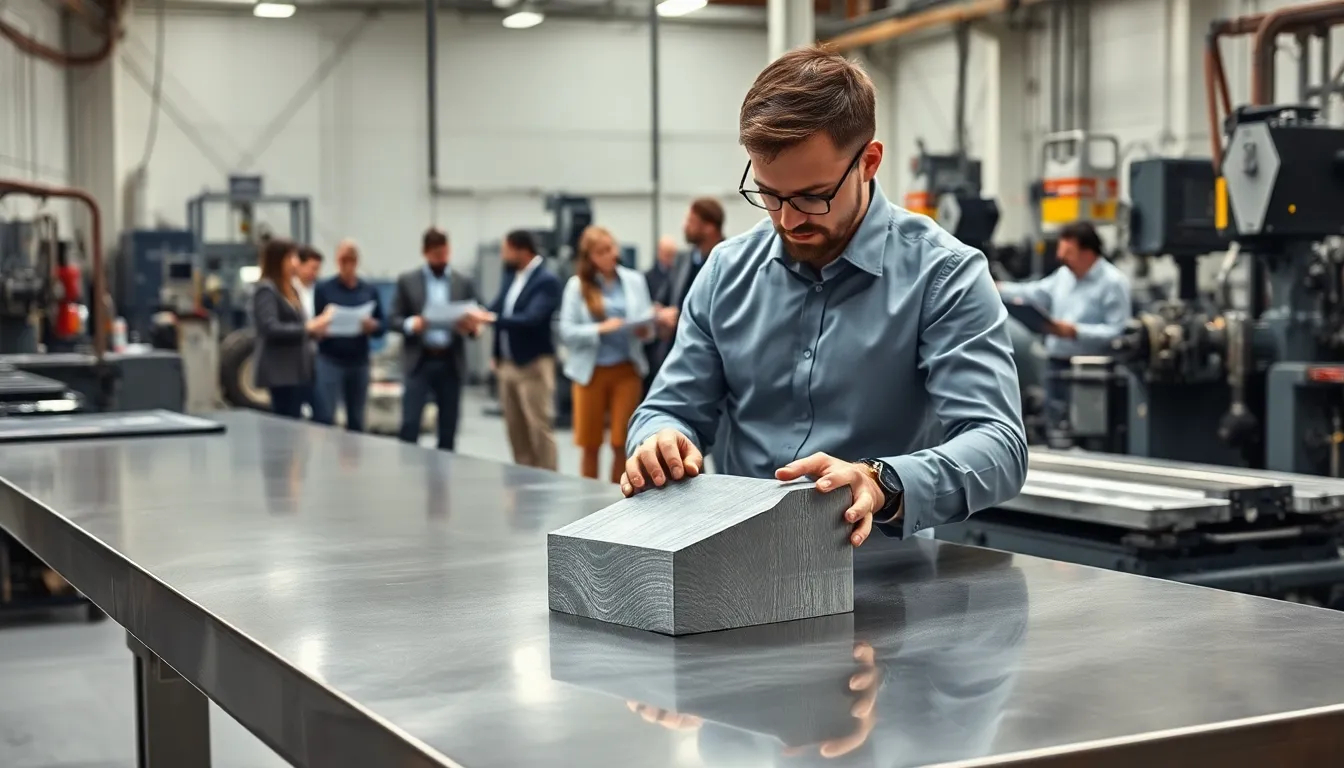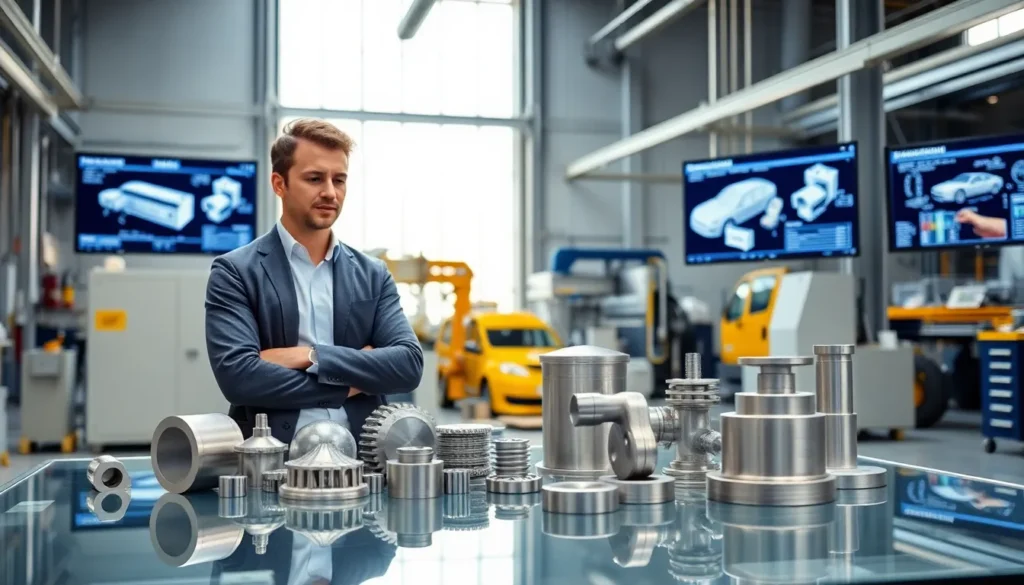Ever wondered how some alloys seem to solve every engineering problem? Meet 6090X43, the unsung hero of industrial materials. This high-strength offering is not just a pretty face: it’s got a whole lot of muscle under that shiny exterior. From aerospace to automotive, its versatility is making waves across multiple sectors. Get ready to jump into the world of 6090X43 and discover why it’s quickly becoming indispensable in modern manufacturing.
6090×43

6090X43 is a high-performance aluminum alloy, primarily known for its combination of strength, rigidity, and lightweight properties. What sets it apart from other alloys? First off, its significant tensile strength ensures that it can withstand high pressure without deforming. This makes it an ideal candidate for applications where durability is paramount, such as in aerospace frames or heavy machinery.
Also, 6090X43 exhibits excellent corrosion resistance due to its unique composition. The addition of various elements like magnesium and silicon enhances these properties, making it a top choice in environments exposed to moisture and chemicals. Thermal conductivity is another crucial characteristic: it ensures that heat dissipation occurs efficiently, which is essential for applications like heat exchangers.
In terms of workability, this alloy is not one to shy away from the forging hammer. It can be easily shaped in various ways, from rolling to extrusion, allowing manufacturers to tailor it to their specific needs. All these traits make 6090X43 a well-rounded material that meets the demanding requirements of modern engineering.
Industrial Uses of 6090X43
So where exactly is 6090X43 making its mark? The answer: almost everywhere.
Aerospace
In the aerospace industry, weight savings and strength are critical. Here, 6090X43 finds applications in aircraft frames and components, ensuring that every ounce is maximized for performance.
Automotive
The automotive sector is no slouch either. Manufacturers are turning to this alloy for structural components, chassis, and even some bodywork. It provides the perfect balance between strength and lightweight properties, essential for fuel efficiency and safety.
Construction
In construction, scaffolding and building frameworks benefit from 6090X43’s strength, reducing the overall weight while maintaining structural integrity.
Marine Applications
If you think about maritime engineering, corrosion resistance becomes a game-changer. This alloy is frequently used in boat structures and components, where exposure to salty water can lead to rapid deterioration.
Given its widespread applications, it’s no wonder that 6090X43 is garnering attention across multiple industries.
Advantages of Using 6090X43 in Various Fields
Using 6090X43 comes with a plethora of advantages that make it a preferred choice among engineers and manufacturers.
Strength-to-Weight Ratio
First and foremost is its impressive strength-to-weight ratio. This allows for increased load capacities without adding unnecessary bulk.
Cost-Efficiency
Also, the alloy proves to be cost-effective in the long run. Manufacturers often see reduced maintenance costs and improved lifecycle values due to its durability.
Sustainability
In an age where sustainability is no longer optional, 6090X43 stands tall. Its recyclable nature reduces environmental impact, aligning with green building initiatives and sustainable practices.
Versatility
Its versatility cannot be overstated either. Whether forming intricate shapes or applying tough coatings, 6090X43 adapts easily to a wide variety of fabrication processes.
Comparison with Other Alloys
When pitted against other alloys, how does 6090X43 stack up?
6061 Aluminum
Take 6061 aluminum, for instance. While it’s strong and widely used, it lacks the enhanced corrosion resistance that 6090X43 offers. This makes 6090 a better choice for marine applications.
7075 Aluminum
On the other hand, 7075 aluminum is known for its extreme strength but can be challenging to work with due to brittleness. In contrast, 6090X43 retains workability, making it a more manufacturable option in many cases.
Steel Alloys
Finally, when compared to steel alloys, 6090X43 provides significant weight savings. While steel might excel in strength, the lightweight characteristics of 6090X43 often lead to enhanced performance in aviation or automotive applications, where weight plays a vital role.
Challenges and Considerations When Using 6090X43
Even though its numerous advantages, using 6090X43 is not without challenges. One common concern is sourcing quality material. Not all suppliers meet the same standards: hence, inconsistencies in quality can lead to performance issues.
Cost Variations
Cost is another crucial factor. While 6090X43 is efficient, its price can fluctuate based on market conditions and availability, affecting budgeting considerations.
Welding Limitations
Welding can also pose challenges. It may require specific techniques to ensure integrity during fabrication, making it essential for companies to invest in proper training and equipment.
Future Trends and Innovations in 6090X43 Applications
As industries evolve, so too do the applications for 6090X43. Innovations in metallurgy and fabrication processes may enhance its already remarkable properties.
Enhanced Alloys
Future advancements might create even stronger variants of 6090X43, opening new avenues for its usage. Efforts in research and development are leaning towards more sustainable manufacturing methods, reflecting a global trend in reducing carbon footprints.
3D Printing
The rise of 3D printing technology is also set to influence the use of 6090X43. Its properties make it suitable for additive manufacturing, potentially revolutionizing how complex structures are built. The future holds exciting prospects for this versatile alloy, and keeping an eye on these trends is certainly worthwhile.
